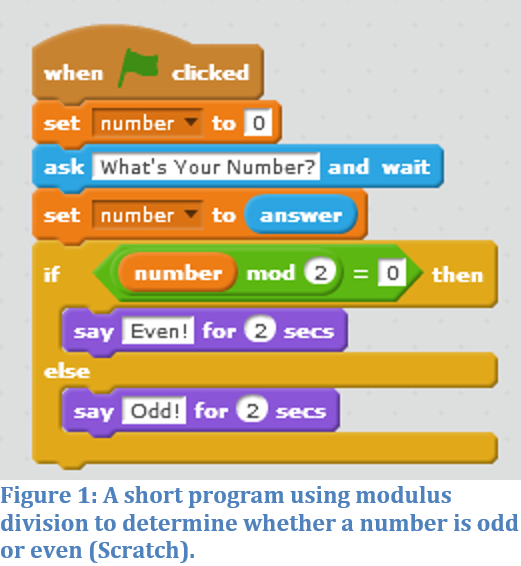

By manipulating the beads an operator could add, subtract, multiply and divide. It consisted of wires supporting a number of beads which in turn were free to slide along the wires. This primitive device is a predecessor of the modern computer. One of the earliest devices that aided computation was the abacus. History of the computer prior to that time will add little to our total knowledge of the electronic computer. The computer got its beginnings as far back as 1600. The computer is one of those devices that has been invented for use with arithmetic. The terms and their definitions will provide the student with a working vocabulary.Įver since man started using mathematics he has been inventing devices and discovering ways to aid in handling numbers. The student is then prepared to understand computer programs using the languages to write simple programs in mathematics and do computation on the computer. This exposure familiarizes the student with the fundamentals of the languages and their usage. Also, the unit exposes the student to the two most commonly used programming languages. Discussion of the newer and more sophisticated input-output devices, terminal devices and the concept of storage or memory units have been added. Introduction to computers provides a definition of the computer, as well as an introduction to the basic components of a typical data-processing system. We as educators can begin by introducing the students to this unusually fast and versatile machine called the computer For processing data.įirst, the unit introduces the students to the history of the computer and its advancements. Educators at all levels, from the elementary school to the private business school, to the community college, to the University must prepare students to meet the challenge that the computer offers in this ever changing and complex society of ours.

One of the ways that students can be creative and explore new ways of doing mathematics is to make use of the computer. There is very little room, if any, for the student to be creative and explore new methods and techniques for accomplishing desired results in mathematics. The number of school days and the number of pages in the average textbook just does not balance out. In the teaching of mathematics there is a tendency to stick to the book which presents a problem. High-speed computational devices have been a primary factor in the rapidly changing techniques used in many areas, mathematics being one of them. Within the past decade, virtually all disciplines have been affected by computers.

However, the material may be appropriate for the students in elementary or high school. This unit is about Math on the Computer and it is intended for use with middle school students.


 0 kommentar(er)
0 kommentar(er)
